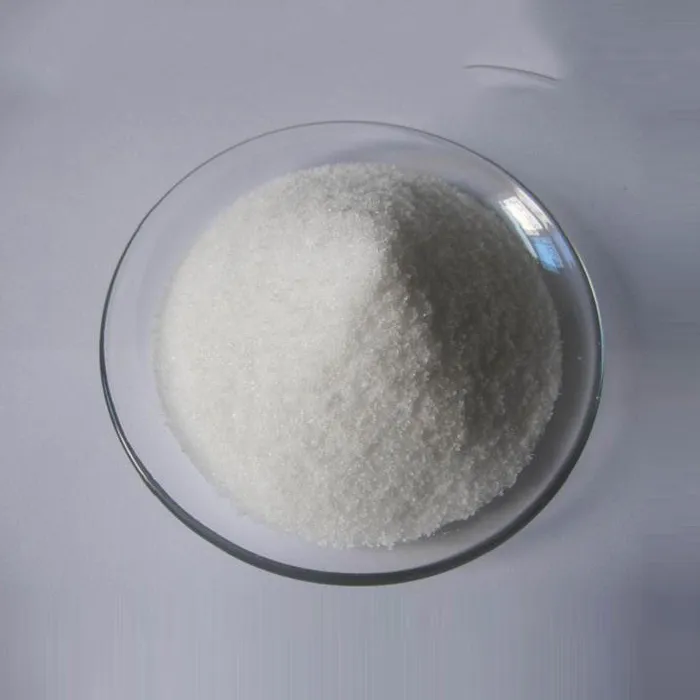Understanding Oxo-Biodegradable Additives A Sustainable Solution for Plastic Waste
In recent years, the alarming rise in plastic pollution has garnered global attention, spurring the search for effective means of mitigating its environmental impact. One promising development in this field is the use of oxo-biodegradable additives. These additives aim to enhance the biodegradability of conventional plastics, offering a potential solution to the mounting plastic waste crisis.
What Are Oxo-Biodegradable Additives?
Oxo-biodegradable additives are chemical compounds incorporated into traditional plastics, such as polyethylene or polypropylene, to accelerate their degradation process. The concept is relatively simple these additives promote oxidative degradation by catalyzing a reaction in the presence of heat, light, and oxygen. As a result, the plastic material breaks down into smaller fragments, eventually yielding water, carbon dioxide, and biomass. This process aims to reduce the long-term persistence of plastic products in the environment.
The Mechanism of Action
The effectiveness of oxo-biodegradable additives lies in their ability to alter the molecular structure of plastics. When exposed to environmental factors, such as sunlight and heat, these additives initiate a process known as oxidative degradation. During this process, the long polymer chains of plastic are broken down into shorter chains, making it easier for microorganisms to further degrade the material. This two-step process—oxidative degradation followed by biodegradation—enables plastics to disintegrate more quickly than conventional plastics, which can take hundreds of years to decompose.
Environmental Benefits
The primary benefit of using oxo-biodegradable additives is their potential to reduce the environmental impact of plastic waste. Traditional plastics contribute significantly to landfills and marine pollution, leading to severe ecological consequences. By incorporating oxo-biodegradable additives, plastic products can degrade more swiftly, thus limiting their environmental footprint. This technology not only aims to mitigate existing plastic pollution but also encourages responsible consumption patterns by promoting the use of products designed to minimize waste.
oxo biodegradable additive

Misconceptions About Oxo-Biodegradable Plastics
Despite their promise, oxo-biodegradable additives are not without controversy. Critics argue that these plastics may not degrade as effectively in certain environments, such as deep-sea environments, where conditions may not be suitable for decomposition. Additionally, there are concerns regarding the potential for microplastics to form during the degradation process, which can exacerbate pollution problems. Moreover, some environmental groups advocate for a complete phase-out of single-use plastics rather than promoting modified versions.
Regulatory Landscape
As the awareness around plastic pollution grows, so does the scrutiny of various plastic products and additives. Different countries and regions have initiated regulations to govern the use of oxo-biodegradable plastics. For instance, several European countries have banned these products amid concerns about their efficacy and potential environmental harm. Conversely, other regions continue to support their use as a transitional solution while more sustainable alternatives are being developed, such as bioplastics derived from renewable resources.
The Future of Plastics
The future of oxo-biodegradable additives remains promising but uncertain. Research is ongoing to better understand the impacts of these additives on the environment, as well as their long-term effectiveness compared to traditional recycling methods and other biodegradable options. Industry stakeholders are encouraged to consider the broader context of plastic use and waste management, moving towards a circular economy where plastics are reused, recycled, or safely biodegraded.
Conclusion
Oxo-biodegradable additives represent a significant step forward in the quest for a more sustainable approach to plastic consumption and waste management. Although they are not a panacea for the plastic pollution crisis, they offer a practical interim solution while more comprehensive strategies are developed. Education and awareness among consumers, businesses, and policymakers will be crucial in leveraging the potential of oxo-biodegradable technologies while ensuring they are used responsibly and effectively. The path to a more sustainable future with less plastic waste requires collective action, innovative thinking, and a commitment to environmentally friendly alternatives.

